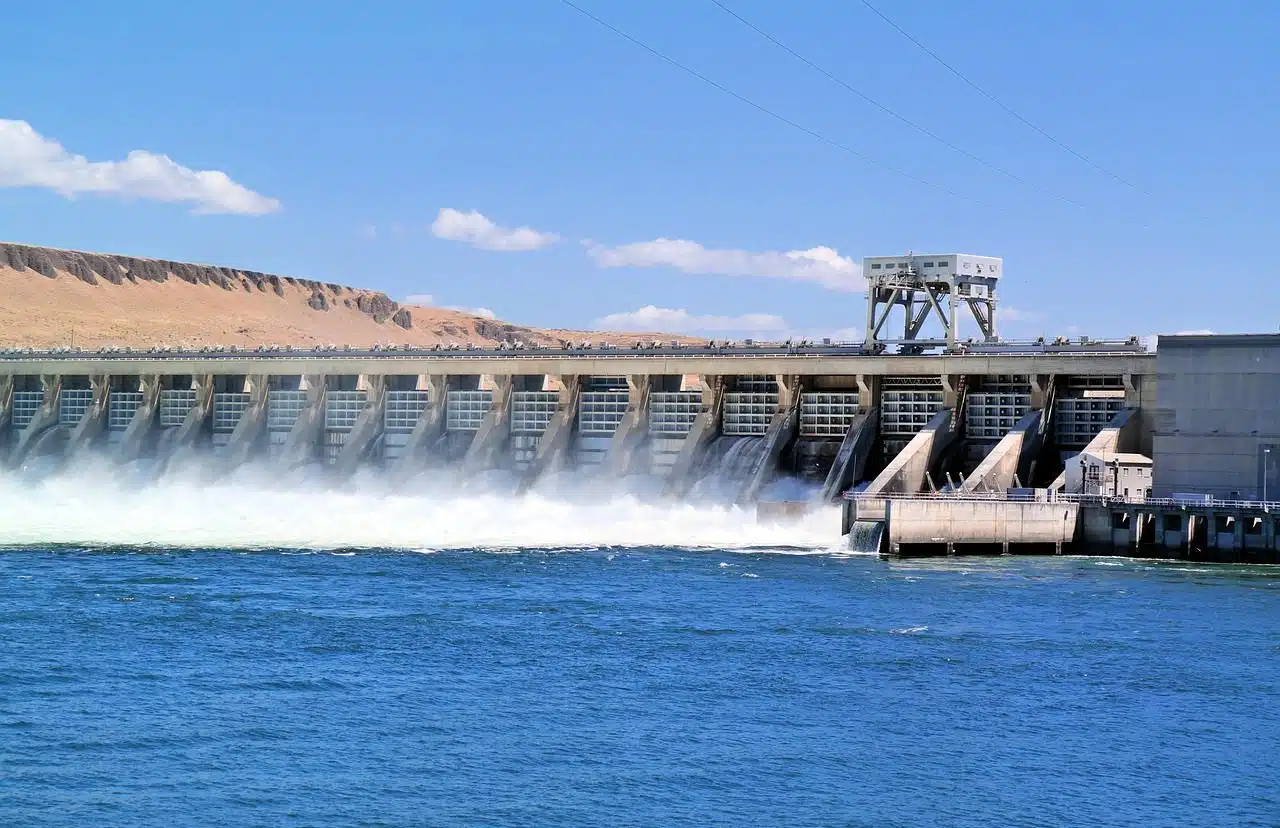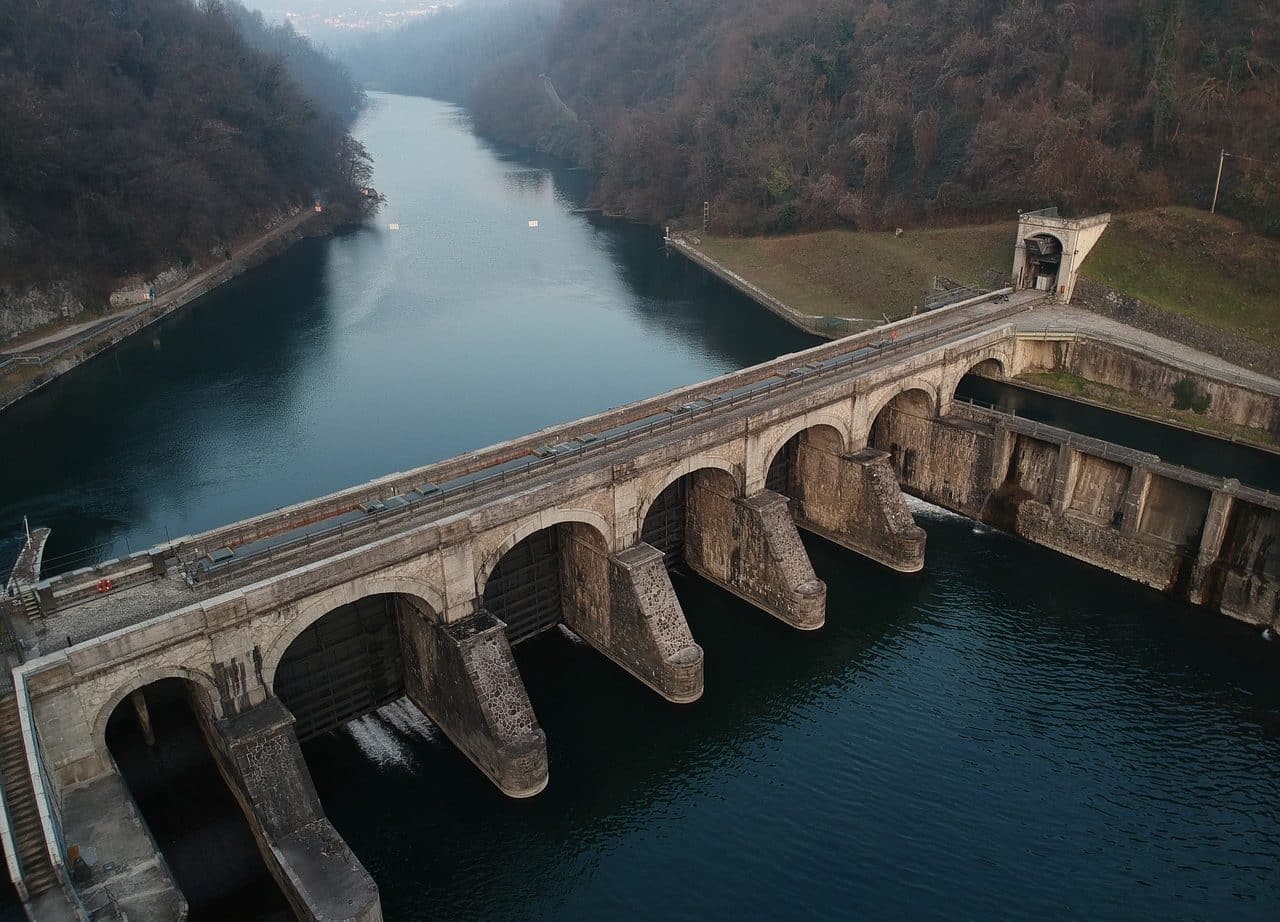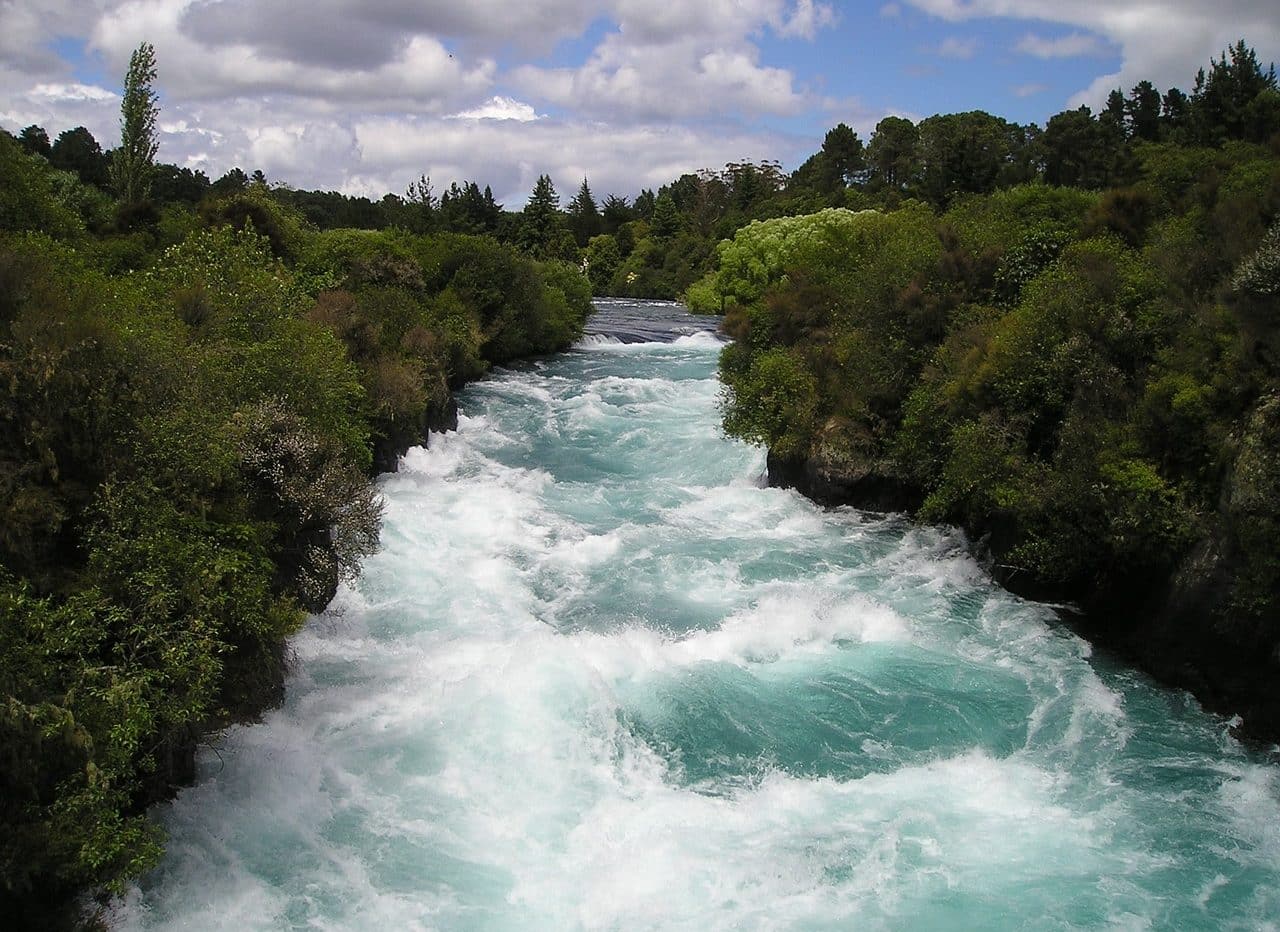
Hydroelectric power generation does not cause water pollution.
Hydroelectric energy is produced by transforming the power of water into electricity . The concept, therefore, refers to the use of hydraulic power to generate electrical energy.
It is estimated that about 16% of the electricity consumed worldwide comes from hydroelectric energy. Because it originates from water, it is a renewable energy , just like wind energy from the sun, solar energy from the sun, and biomass .
The exploitation of hydroelectric energy
The origins of the exploitation of hydroelectric energy date back to the end of the 19th century . However, its history begins much earlier, with the use of hydraulic energy as a preceding step.
It is estimated that humans began to use hydraulic energy several centuries before Christ , both in Ancient Greece and China . With mills and water wheels, actions began to be developed to grind grains and obtain flour and to put sawmills into operation, for example.
In 1849 , hydraulic engineering expert James B. Francis ( 1815 – 1892 ) created a hydraulic turbine that is considered key in the development of hydroelectric energy. Almost three decades later, William George Armstrong ( 1810 – 1900 ) presented a hydroelectric scheme in Great Britain that could power a lamp.
Finally, in 1882 the first hydroelectric plant in history was inaugurated. It was located on the Fox River near Appleton , in the state of Wisconsin ( United States ).

The construction of a dam to produce electrical energy alters the natural resources of the area.
How it is generated
The generation of hydroelectric energy is achieved with the difference in potential energy possessed by a certain mass of water that passes from one point to another located at a different level or altitude. The hydroelectric plant is the infrastructure that makes the necessary transformations and the use of energy possible.
Before moving forward, it is important to know the components of the hydroelectric plant. The dam or dam , which is usually located in the course of a river, is the work that enables the artificial accumulation of a mass of water to form a reservoir .
This reservoir, therefore, is the water reservoir. Depending on its characteristics, it can work with different volumes and levels of fluid. The space where the generation of electrical energy takes place, meanwhile, is the hydroelectric plant itself.
The operation of the hydroelectric plant requires the circulation of water through a pipe that leads to an increase in its speed. A jump causes the water to acquire speed while the potential energy is converted into kinetic energy.
Thus, the high-pressure liquid reaches a turbine , promoting a rotary movement and causing the kinetic energy to be transformed into mechanical energy. This turbine is associated with an electric generator that produces electricity.
Once the electricity is obtained, it can be transported through high-voltage lines of the electrical grid to homes and industries where energy consumption takes place. The water, for its part, returns to the river through a drainage channel when its energy has been lost. It is important to indicate that there is no contamination of the water resource throughout the process nor is the atmosphere affected.

When defining where hydroelectric energy will be produced, an analysis of the watershed is performed to determine its potential.
Benefits of hydroelectric energy
Due to its characteristics, hydroelectric energy is classified as sustainable energy, although the construction of dams can threaten sustainability due to its environmental impact. It is also often mentioned as clean energy or green energy because it does not generate waste and because its contributions to climate change and global warming are reduced compared to other energy sources.
Energy efficiency is another advantage of this type of energy. More than 90% of the potential energy of water is used; As for the facilities, in addition to having a reduced maintenance cost, it has an extensive useful life. Reservoirs, on the other hand, can be used for other purposes beyond hydroelectric power.
Its disadvantages
The most important disadvantage of hydroelectric energy is the alteration of the river ecosystem caused by the construction of dams. These works, in addition to causing damage to biodiversity , can force the displacement of thousands of people due to the deliberate flooding of towns.
Another negative consequence of creating dams is that they sometimes modify the migratory patterns of fish . In this way, they harm various species that are unable to continue with their natural cycle since they cannot access their aquatic habitat.
Main plants that generate hydroelectric energy
The Three Gorges Dam is the largest hydroelectric plant on the planet, both in installed capacity and size. Located in the province of Hubei ( China ), its construction began on the Yangtze River in 1994 and ended in 2016 .
Behind it is the Itaipú Dam , located between Brazil and Paraguay on the Paraná River. Its inauguration took place in 1984 , when its test operations began.
